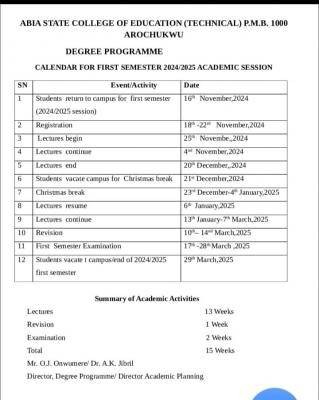
Virtual learning has been a hot topic in the education world for quite some time now, but it’s become more prevalent than ever since the outbreak of the COVID-19 pandemic. With schools and colleges closed indefinitely, virtual learning is now the primary mode of education for millions of students worldwide. But what does this mean for high school education? How is virtual learning shaping and transforming the way students learn and interact in a high school setting?
In this blog post, we will explore how virtual learning is revolutionizing high school education and the impact it has on students, teachers, and the overall educational experience. Let’s get started.
Flexibility and Accessibility
One of the biggest advantages of virtual learning in high school is the flexibility and accessibility it offers to students. With traditional classroom settings, students are required to attend classes at a specific time and place, which can be challenging for those with busy schedules or limited transportation options.
However, with virtual learning, students have the freedom to access their lessons and coursework at any time and from any location with an internet connection. This allows for a more personalized learning experience and eliminates barriers that may have previously hindered students from accessing quality education.
Personalized Learning
Another way virtual learning is revolutionizing high school education is through personalized learning. With virtual learning platforms, teachers can provide customized lessons and assignments to meet the specific needs of each student. For instance, as seen at http://svhs.co/, you can have video-based, self-paced and teacher-supported courses as well as career exploration programs in various fields. This allows for a more tailored learning experience, as students can work at their own pace and focus on areas where they need more support.
Moreover, virtual learning also incorporates adaptive learning technology that adjusts the difficulty level of assignments based on a student’s performance, ensuring that they are challenged but not overwhelmed. This personalized approach to education can lead to improved academic outcomes and higher student engagement.
Collaborative Learning Opportunities
Virtual learning also promotes collaborative learning opportunities among high school students. With virtual classrooms, students can easily connect and work together on projects, assignments, and discussions regardless of their physical location. This not only enhances the social aspect of education but also allows for cross-cultural interactions and diverse perspectives.
Additionally, virtual learning platforms often offer various interactive tools and features such as virtual whiteboards, chat forums, and video conferencing, which facilitate group work and communication between students. This not only prepares students for a digitalized workforce but also encourages teamwork and critical thinking skills.
Expanded Curriculum Options
Virtual learning has opened up a world of possibilities for high school students by providing access to a wider range of curriculum options. With traditional classroom settings, students are limited to the courses offered by their school or district. However, with virtual learning, students can enroll in online courses from different institutions and even international programs.
This not only allows for a more diverse range of subjects but also enables students to pursue their interests and passions beyond what is offered at their local school. Virtual learning also offers opportunities for advanced placement courses, dual enrollment programs, and credit recovery options.
Digital Literacy and Technological Skills
As technology continues to advance, digital literacy and technological skills have become essential in almost every field. With virtual learning, high school students are not only exposed to various digital tools and resources but also learn how to navigate and utilize them effectively.
Whether it’s creating presentations, collaborating on projects, or conducting research online, virtual learning prepares students for a technology-driven world. This not only benefits students in their academic pursuits but also equips them with skills that are highly valued in the job market.
Cost-Effective Solution

Lastly, virtual learning is a cost-effective solution for high school education. With traditional classroom settings, schools have to bear the expenses of maintaining physical classrooms, purchasing textbooks, and other materials. On the other hand, virtual learning eliminates many of these costs as students can access digital resources and complete assignments online.
Moreover, with virtual learning platforms offering various payment options and discounts, it becomes a more affordable option for students and their families. This allows for equal access to quality education for all, regardless of financial constraints.
Virtual learning is revolutionizing high school education by offering flexibility, personalization, collaboration, expanded curriculum options, digital literacy and technological skills, and a cost-effective solution. It’s clear that the impact of virtual learning on high school education goes beyond just providing an alternative during times of crisis, but it’s shaping the future of education for generations to come. So, it’s essential to continue exploring and embracing the opportunities that virtual learning provides for high school students.




